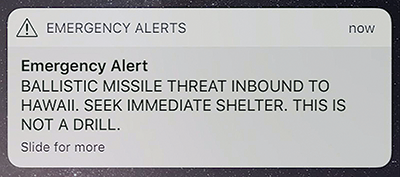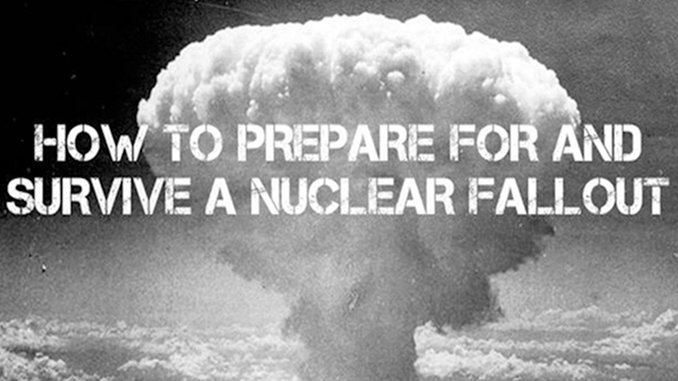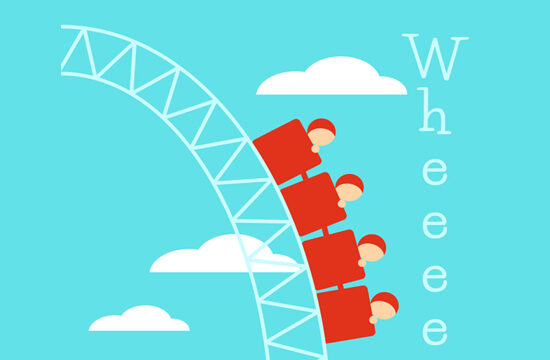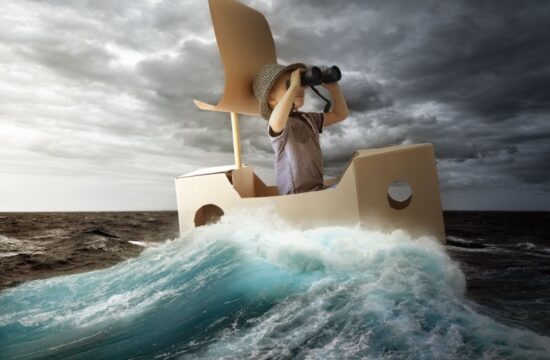After hearing multiple people comment that they did nothing because they thought they were going to die, Luke Evslin and Tanya Gamby compiled information from various reputable sources on ways that families can protect themselves. Given that we are unlikely to be in the direct impact zone, there is a lot that families can do to minimize their risk. Psychological resiliency is strengthened when people feel empowered to protect themselves.
1) The Hawai’i Emergency Management Agency (HEMA) writes that the risk of a nuclear attack was significantly higher during the Cold War than it is today. But, we are more vulnerable today than we were during the Cold War (because of a lack of fallout shelters, because the launch could come out of the blue, and because of the rogue nature of North Korea). The variables are too unknown to try and quantify what that risk is (less than 5%? less than 1%?), but, there is clearly some possibility that Hawai’i will be the target of a nuclear attack. It’s not high enough to spend our lives in fear, but, in my opinion, it’s high enough that we should know what to do.
2) It’s not clear what North Korea’s nuclear capabilities are, and the blast radius depends on a lot of factors (such as altitude of detonation and geography). But, it could be somewhere around 1-4 miles. HEMA estimates that the likely target would be Honolulu. Regardless of where it hits, the large majority of Hawai’i residents would be far outside of the blast radius but within the path of radioactive fallout. So, the purpose of the alert isn’t to kiss your loved ones goodbye, it’s to seek shelter.
3) We’d have 12-15 minutes from the initial alert until impact. For most people in most places, that’s enough time to find a decent shelter. If you’re driving,
get out of your car. It will provide little protection and the electronics could be fried because the blast acts as an electromagnetic pulse— so it’s not likely to get you anywhere after the blast.
4) There are two primary types of radiation. Thermal radiation occurs for the first few seconds during the initial blast and moves at the speed of light. While the effects of thermal radiation depend on the size and altitude of the blast, a 1megaton bomb (which is likely larger than North Korea’s capabilities) can cause temporary blindness at up to 13 miles, mild burns up to seven miles away, and severe burns up to 5 miles away. Any barrier, including clothing and even newspaper, can help protect against the effects of thermal radiation.

6) The good news is that radioactive fallout decays at an exponential rate. From the DOD’s US Army Survival Manual, “Without shelter, the dosage received in the first few hours will exceed that received during the rest of a week in a contaminated area. The dosage received in this first week will exceed the dosage accumulated during the rest of a lifetime spent in the same contaminated area.”
The first day is by far the worst, and staying in a shelter for just two days is likely enough to save your family. The US Department of Homeland Security (linked below) writes that radioactivity levels fall by 90% in 7 hours and 99% in 2 days.
Here’s the exposure timetable from the Army Survival Manual (linked below)
-
• Complete isolation from 4 to 6 days following delivery of the last weapon.
• A very brief exposure to procure water on the third day is permissible, but exposure should not exceed 30 minutes.
• One exposure of not more than 30 minutes on the seventh day.
• One exposure of not more than 1 hour on the eighth day.
• Exposure of 2 to 4 hours from the ninth day through the twelfth day.
• Normal operation, followed by rest in a protected shelter, from the thirteenth day on.
• In all instances, make your exposures as brief as possible. Consider only mandatory requirements as valid reasons for exposure. Decontaminate at every stop.
7) So, the takeaway is SEEK SHELTER. The following picture (taken from the HEMA Guide linked below) is helpful. The US Army Survival Guide clarifies that an underground shelter covered by 1 meter or more of earth provides the best protection against fallout radiation.” And the FEMA guide (linked below) recommends seeking shelter in a basement, large multi-story structure, parking garage, or tunnel. The FEMA guide clarifies that “single-story wood frame houses without basements and vehicles provide only minimal shelter and should not be considered adequate shelter” for areas of high fallout.
We all should know where a concrete structure (whether it’s a hotel, neighborhood center, hospital, government building, etc) is within 12-15 minutes of our work or home. In the event of an alarm, go there.
8) And finally, don’t panic if you get sick. Small doses of radiation can cause vomiting and nausea, and if proper precautions are taken, they can go away in a short time.
Resources:
- • US Army Survival Manual: https://books.google.com/books…
• Hawai’i Emergency Management Emergency Preparedness Guide: https://dod.hawaii.gov/…/HI-EMA-PUBLIC-BMP-working-brief-NO…
• FEMA Disaster Guide: https://www.ready.gov/nuclear-blast
• Homeland Security Guide: https://www.dhs.gov/xlibrary/assets/prep_nuclear_fact_sheet.pdf
• FEMA Circulation: https://www.fema.gov/media-library-data/20130726-1821-25045-3023/planning_guidance_for_response_to_a_nuclear_detonation___2nd_edition_final.pdf








